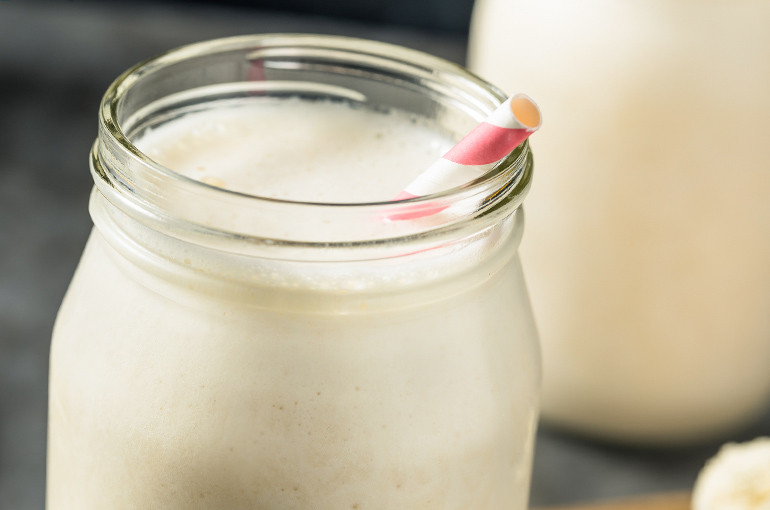 High Tariffs Are Squeezing US Whey Out of Chinese Market, Insiders Say
High Tariffs Are Squeezing US Whey Out of Chinese Market, Insiders Say(Yicai) April 23 -- US producers of whey, which is a byproduct of cheese making and one of the US’ main agricultural exports to China, are beginning to lose their foothold in the Chinese market as escalating trade tensions and rising tariffs push prices up, industry insiders said.
“The price of US whey has gone up and if the high tariffs remain in place for a long time, we may not be able to continue to do business with the US,” a salesperson at Beijing Runfa Commercial & Trade, an importer of dairy products, told Yicai.
China imported around USD810 million of whey products last year, according to data from the General Administration of Customs. Of this, 45 percent came from the US which was equivalent to 40 percent of the US’ total whey exports. Other big suppliers are the EU and Belarus, which accounted for 34 percent and 9 percent of China’s imports, respectively.
Whey is mainly used to make nutrition products, infant formula and animal feed. China imports most of its whey since cheese is not a staple part of Chinese people's diet and so there is not much local production.
Since the Trump administration announced its Reciprocal Tariffs on April 2, there have been trade frictions between China and the US. The US hiked additional tariffs on Chinese products to 125 percent on April 10 from 34 percent. In response, China jacked up its duties to 125 percent on US goods the next day. However, products shipped before April 10 and which clear customs by May 13 will be exempt from these new tariffs.
Whey prices in China have risen to between CNY8,000 (USD1,100) and CNY9,000 per ton amid the tariff fallout. But once the new Chinese tariffs on US goods kick in on May 13, the cost to import US whey could reach CNY13,000 (USD1,783) per ton, far above the current retail price, the sales representative said.
Most of the whey that China imports from the US has low protein content and is used as animal feed, according to dairy news site Dairy Online. The EU exports food-grade, high-end whey which cannot directly replace the type of whey that the US supplies, it added.
However, China can import feed-grade whey from other places such as Argentina, Uruguay, Belarus and Poland to fill the gap in the short term, Dairy Online said. The country's cheese industry has also been growing in recent years, so the domestic production of whey should start to increase.
Editor: Kim Taylor